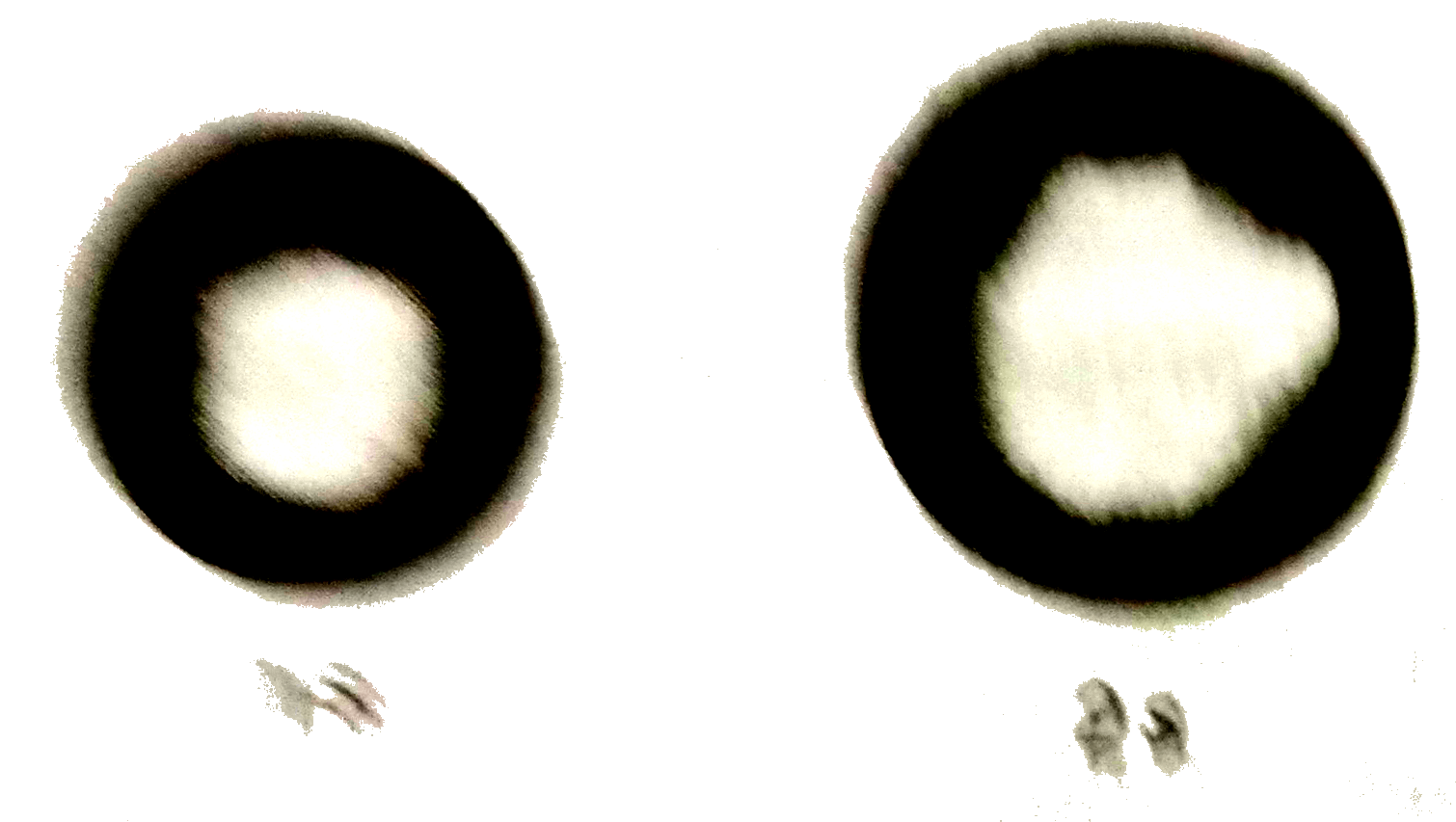Consider the following statements related to Ellingham diagram
I it consists of plots of formation of oxides of elements
2xM(s)+O2(g)→2MxO(s)
II Each plot is a straight line No effect of change in phase
III In an ellingham diagram the plots of ΔG for oxidation of common metals and some reducing agents are given
Which of these statement are correct?
I and II
II and III
I and III
All of the above
The correct Answer is:C
Similar Questions
The choice of reducing agent for metal oxide is decided by thermodynamic principles of metallurgy. ΔG must be negative. Ellingham diagram is a plot of ΔfG0 vs T for the formation of oxides of various elements. All the plots slope upwards when temperature increases. Each plot is a straight line except when some change in phase takes place. A metal will reduce the oxide of other metals which lie above it in this diagram.
At a temperature below 1623 K. Al cannot reduce
View Solution……………….diagrams normally consist of plots of △fG0vsT for the formation of oxides of common metals.
View Solution
Knowledge Check
The choice of reducing agent for metal oxide is decided by thermodynamic principles of metallurgy. ΔG must be negative. Ellingham diagram is a plot of ΔfG0 vs T for the formation of oxides of various elements. All the plots slope upwards when temperature increases. Each plot is a straight line except when some change in phase takes place. A metal will reduce the oxide of other metals which lie above it in this diagram.
ΔG0 vs T plot in the Ellingham's diagram slopes downward for the reaction.AMg+12O2→MgOB2Ag+12O2→Ag2OCC+12O2→CODCO+12O2→CO2The choice of reducing agent for metal oxide is decided by thermodynamic principles of metallurgy. ΔG must be negative. Ellingham diagram is a plot of ΔfG0 vs T for the formation of oxides of various elements. All the plots slope upwards when temperature increases. Each plot is a straight line except when some change in phase takes place. A metal will reduce the oxide of other metals which lie above it in this diagram.
At a temperature below 1623 K. Al cannot reduceAFeOBCrOCMgODNiOFor reactions of metals to form their oxide one gram O2 molecule is used may be plotted graphically against temperature

Select incorrect using given Ellingham diagram (given above)AAt 710∘C−2CO(g)+O2(g)→2CO2(g),ΔG0=xkJ/molBAt 710∘C−C(s)+O2(g)→CO2(g),ΔG0=xkJ/molCAt 710∘C−2C(s)+O2(g)→2CO2(g),ΔG0=xkJ/molDAt 710∘C−CO2(g)+C(2)(g)→2CO(g),ΔG0=xkJ/mol
The probability density plots of 1 s and 2s orbitals are given in figure.

The density of dots in a region represetns the probability density of finding electrons in the region. On the basis of above diagram which of the following statements is incorrect?
View SolutionFor reactions of metals to form their oxide one gram O2 molecule is used may be plotted graphically against temperature

Select incorrect using given Ellingham diagram (given above)
View SolutionThe Elingham diagram (Fig.) represents the formation of oxides of several metals together with oxides of C(i.e., CO and CO2 ). The diagram is not to scale yet it can help in making a lot of predictions.

Which of following statements is incorrect?
View SolutionSome statement about Ellingham diagram
(a) Increase in the slope of the line on +ve side indicates the phase ransformation
(b) Metal oxide decomposes on its own at the temperature when the ΔG0 becomes positive
(c ) Oxide of the upper line can reduced by the elements whose oxidation is represented by the lower line. The correct statement is/are
View SolutionWhich of the following statements is correct about the reaction given below?
4Fe(s)+3O2(g)→2Fe2O
View Solution
